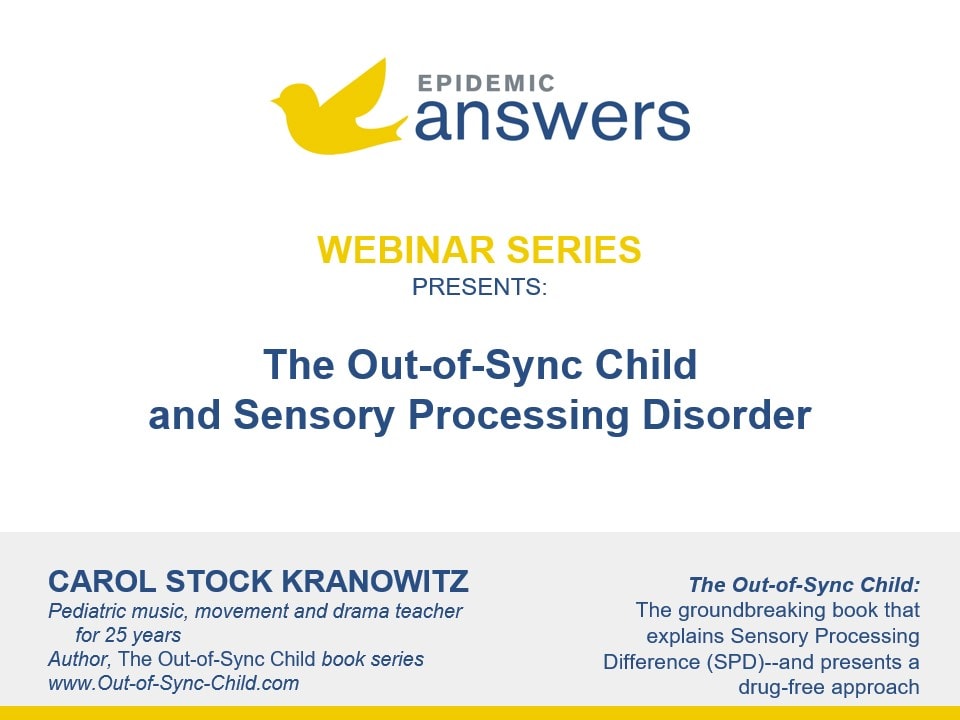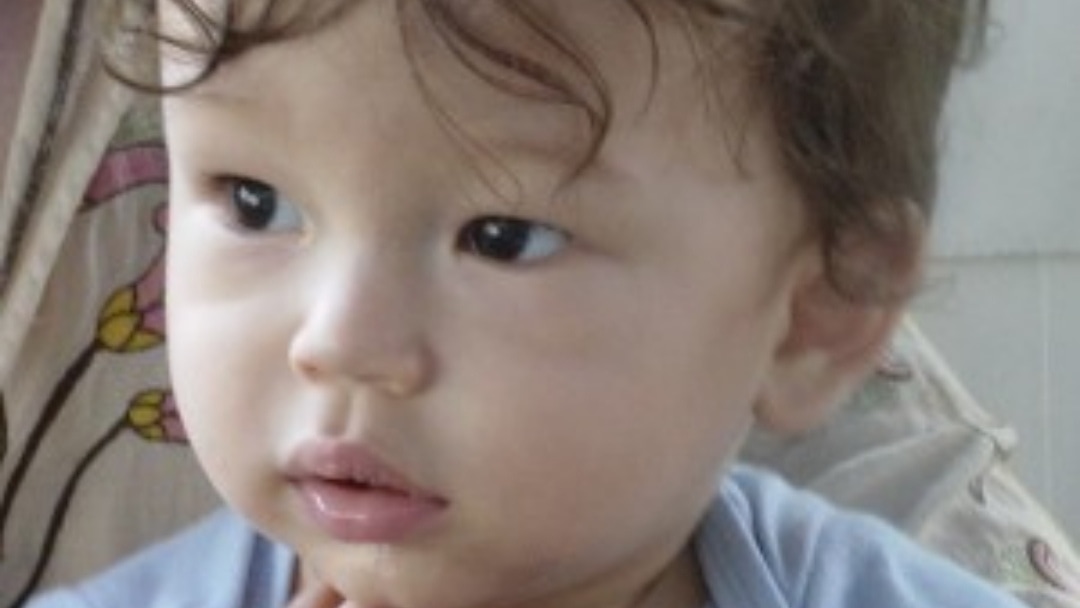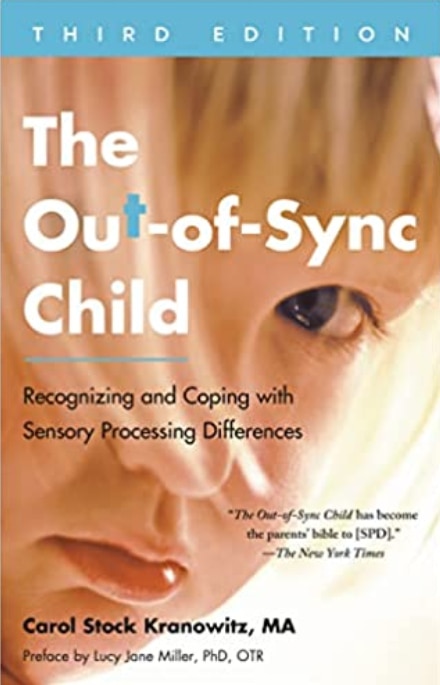In this blog post, Patricia S. Lemer explains the history of Sensory Integration Dysfunction and Sensory Processing Disorder.
If any sense is inefficient, the integration process can be disrupted, and Sensory Integration Dysfunction (SID) – a term coined by A. Jean Ayres PhD – occurs. However, because of the possibility of confusing it with the unrelated disorder Sudden Infant Death Syndrome (SIDS), in the 1980s, those in the field informally began using the term DSI for dysfunction in sensory integration.
Ayres Sensory Integration
Ayres Sensory Integration® (ASI) is now trademarked, and includes the original theory, assessment, patterns of dysfunction, and intervention concepts, principles, and techniques articulated by Dr. Ayres and applied by therapists trained in this approach worldwide.
Some of Dr. Ayres’ colleagues and students, headed by Susanne Smith Roley OTD, OTR/L, FAOTA and Zoe Mailloux, OTD, OTR/L, FAOTA, founded a new organization called The Collaborative for Leadership in Ayres Sensory Integration (CLASI). CLASI provides continuing education opportunities for mastering, applying and advancing knowledge in ASI theory and practice, culminating in a certificate of certification. CLASI is a member of the International Council for Education in Ayres Sensory Integration (ICE-ASI) which provides standards for education in ASI around the world.
A small group of occupational therapists, led by sensory integration researcher Lucy Jane Miller, PhD, OTR, suggested some the terminology of Sensory Processing Disorder, or SPD, as an umbrella term encompassing several types of sensory issues. A long-term goal of this movement is to include SPD in the Diagnostic and Statistical Manual of Mental Disorders (DSM); this effort failed, however, for the fifth edition.
Hypo- and Hyper-Reactivity
Ayres speculated that children with Sensory Integration Dysfunction fell into one of two categories:
- Those who are under- (hypo-) reactive to stimulation and seek sensory experiences
- Those who are over- (hyper-) reactive to sensations and show defensive behaviors
Contemporary research supports Ayres’s theory and suggests that inconsistent sensory responses are due to either overly high thresholds for sensory input (hypo-) or sensory defensiveness (hyper-). She further proposed that the abilities of those in both categories to register and modulate sensory stimuli varied from time to time and in different environments.
Possible offenders in the environment that could trigger a defensive response from those with Sensory Integration Dysfunction and/or Sensory Processing Disorder include (list provided with permission from The HANDLE Institute:
- Their own clothing:
-
- Stiff tags
- Stiff fibers (e.g., jeans)
- Seams in socks
- Waistbands and belts
-
- Jewelry
- Hairbands
- Synthetic fibers
- Clothing on others:
-
- Synthetic fibers
- Intricate patterns
- Metallic look
- Reflecting accessories (e.g., sequins, watches)
- Noise makers (e.g., “bangle jangle” bracelets, watch alarms)
- Odors
-
- Paints, varnishes, glues
- Room fresheners
- Cologne, perfume, aftershave
- Hair spray, gels, etc.
- Clothes that have been drycleaned
- Fabric softeners applied in the dryer
-
- Orange peel, banana peel
- Synthetics (e.g., plastic food packaging)
- Fatty foods (e.g., broiled chops)
- Extremely sweet odors
- Extreme or unexpected body odors
- Lighting
-
- Fluorescent lights
- Halogen lights
- Strobe lights
- Flickering sunlight (e.g., through leaves and blinds)
- Severe contrast (e.g., stage productions)
- Lighted mirrors
- Reflective materials
-
- Certain colors (especially yellow-orange)
- Color contrasts (e.g., red and black)
- White paper (especially glossy magazines)
- LCD signboards
- Automobile lights at night or in the rain
- Automobile lights in white-tiled tunnels
- Sounds
-
- Unexpected loud sounds
- High-pitched sounds
- Deeply resonating sounds
-
- Disharmonious sounds
- Background conversation
- Body-in-space situations:
-
- Light contact with seat, ground
- Slightly tipped/irregular surfaces
- Swivel chairs
- Open areas behind one’s back
- Close quarters
-
- Remaining seated while others move past
- Playground equipment (swings, slides, merry-go-rounds)
Sometimes when multiple sensory stimuli compete for the body’s attention, one sense may be hyper-responsive, while another may under-respond; there are an infinite number of sensory combinations. For instance, a child who is tactilely defensive on a “bad” days and screams blood murder at the hairdresser may tolerate a haircut if he or she is feeling more organized on another day.
About Patricia S. Lemer LPC MEd
Patricia S. Lemer is a licensed professional counselor, holding a Masters of Education in counseling and learning disabilities from Boston College and a Masters in Business from Johns Hopkins University. She practiced as an educational diagnostician for over 40 years.
She was a co-founder and served as Executive Director of the international non-profit organization Developmental Delay Resources (DDR). After DDR merged with Epidemic Answers, she became Chairman of the Board. When she retired from the board, she became an emeritus board member.

She is the author of three books, the most recent of which is Outsmarting Autism, Updated and Expanded: Build Healthy Foundations for Communication, Socialization, and Behavior at All Ages (North Atlantic Books, 2019).
Lemer wrote over 50 editorials for "New Developments," the quarterly newsletter of Developmental Delay Resources (DDR), from 1995 - 2009. When DDR wound down, she wrote an online blog, "After the Diagnosis, Then What?" from 2009-2017. Her articles and blogs have been updated and archived on the Epidemic Answers website.
Since 2019, Patricia Lemer has recorded a bimonthly podcast, "The Autism Detective." In these hour-long shows, she interviews parents and professionals about their experiences in maximizing the potential of individuals on the autism spectrum. Over 100 episodes are available on Spotify and other online platforms. To learn more, go to PatriciaLemer.com and OutsmartingAutism.com
Still Looking for Answers?
Visit the Epidemic Answers Practitioner Directory to find a practitioner near you.
Join us inside our online membership community for parents, Healing Together, where you’ll find even more healing resources, expert guidance, and a community to support you every step of your child’s healing journey.
Sources & References
Ayres, A.J., et al. Hyper-Responsivity to Touch and Vestibular Stimuli as a Predictor of Positive Response to Sensory Integration Procedures by Autistic Children. American Journal of Occupational Therapy, June 1980, Vol. 34, 375-381.
Baranek, G.T., et al. Tactile Defensiveness and Stereotyped Behaviors. Am J Occup Ther. 1997 Feb;51(2):91-5.
Resources
Books
Biel, Lindsey. Raising a Sensory Smart Child: The Definitive Handbook for Helping Your Child with Sensory Processing Issues. Revised Edition, 2009
Hong, Maria Rickert. Almost Autism: Recovering Children from Sensory Processing Disorder, A Reference for Parents and Practitioners. 2014.
Kranowitz, Carol. The Out-of-Sync Child: Recognizing and Coping with Sensory Processing Disorder. Penguin Random House, revised edition 2022.




